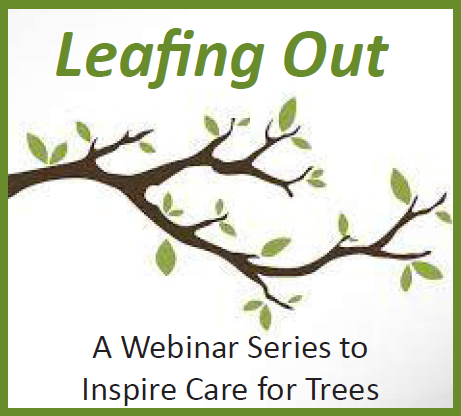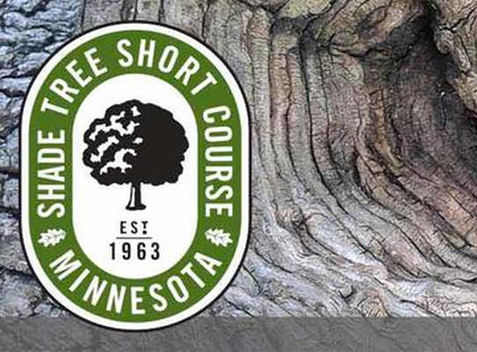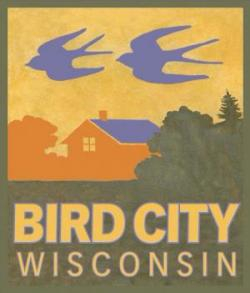By Kyoko Scanlon, Forest Pathologist, Kyoko.Scanlon@wisconsin.gov or 608-235-7532 and Elly Voigt, Forest Health Communications Specialist and Lab Technician, Eleanor.Voigt@wisconsin.gov
Oak wilt is a serious disease of oaks that spreads to new areas when insects carrying oak wilt fungal spores land on a fresh wound of a healthy oak tree. To prevent oak wilt infections, it is important to avoid pruning, wounding and harvesting of oaks when these insects are abundant.
Predicting when these insects emerge in spring can be difficult as their emergence is highly weather-dependent and spring weather varies significantly year to year. The good news is that a new online interface is now available to provide users with localized information about the emergence status of the two most important insects that transmit oak wilt in Wisconsin. Because the interface uses a degree-day model constructed from insect trapping data and actual weather data, it is useful to refine the beginning of the periods when pruning, wounding and harvesting of oaks should be avoided.
Continue reading “Oak Wilt Vectors Emergence User Interface Now Available”



 The Wisconsin Department of Natural Resources (DNR) Urban Forestry program will have a virtual booth at the 2021
The Wisconsin Department of Natural Resources (DNR) Urban Forestry program will have a virtual booth at the 2021  In recent years, Cedarburg’s urban forest was declining. From 2017-2019, less than one-third of removed trees were replaced. “Development, storms, insects (especially emerald ash borer), and disease have reduced the City’s tree canopy by as much as 300 trees… trees which, at present, are not being replaced,” said Kevin Westphal, Cedarburg parks and forestry superintendent, in January 2020.
In recent years, Cedarburg’s urban forest was declining. From 2017-2019, less than one-third of removed trees were replaced. “Development, storms, insects (especially emerald ash borer), and disease have reduced the City’s tree canopy by as much as 300 trees… trees which, at present, are not being replaced,” said Kevin Westphal, Cedarburg parks and forestry superintendent, in January 2020.
 March 23-24, 2021
March 23-24, 2021 For the second year, Bird City Wisconsin is awarding small grants to current Bird City communities. Grants totaling $500 will be awarded in each of three categories: creating and protecting bird habitat, educating residents about interactions between birds and people, and protecting birds by reducing threats.
For the second year, Bird City Wisconsin is awarding small grants to current Bird City communities. Grants totaling $500 will be awarded in each of three categories: creating and protecting bird habitat, educating residents about interactions between birds and people, and protecting birds by reducing threats. As the temperature drops and sunlight decreases, deciduous trees shed their leaves and focus on internal storage and conserving resources. Our behavior often mirrors that of a dormant tree. It is easy to shed our active, outdoor lifestyle in favor of lounging under blankets and remaining sedentary most of the day.
As the temperature drops and sunlight decreases, deciduous trees shed their leaves and focus on internal storage and conserving resources. Our behavior often mirrors that of a dormant tree. It is easy to shed our active, outdoor lifestyle in favor of lounging under blankets and remaining sedentary most of the day.